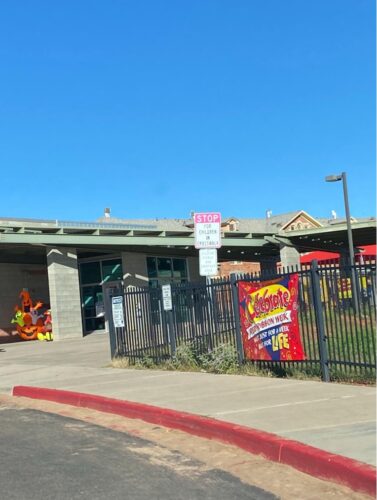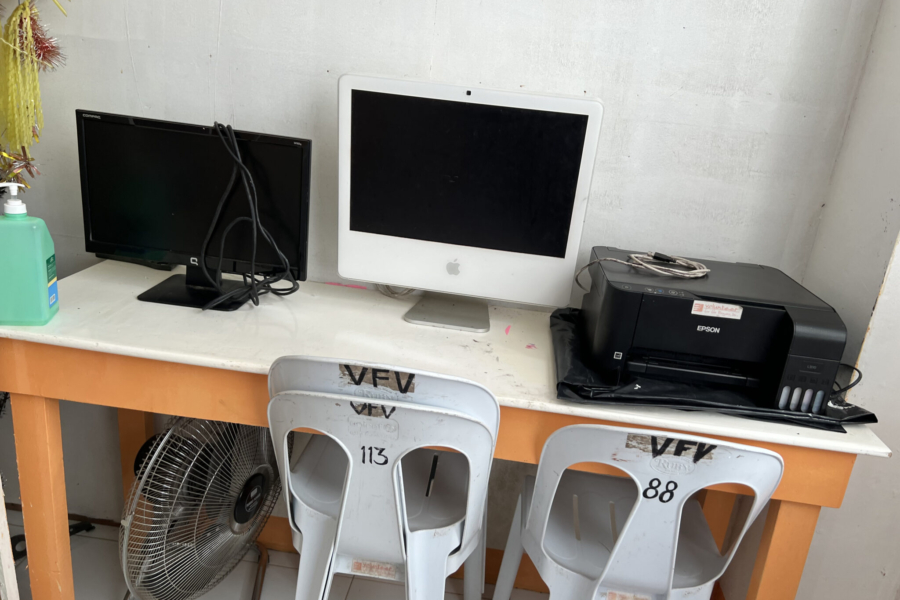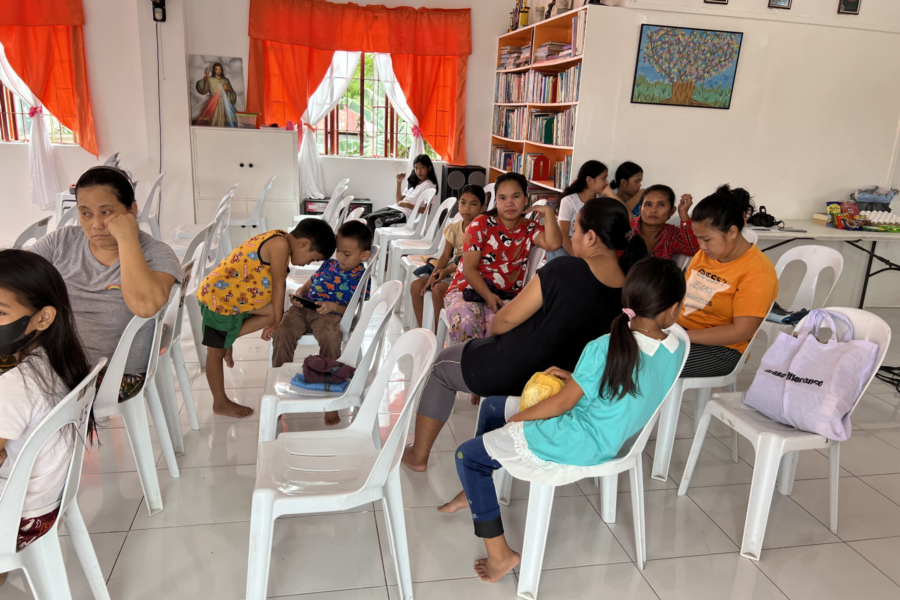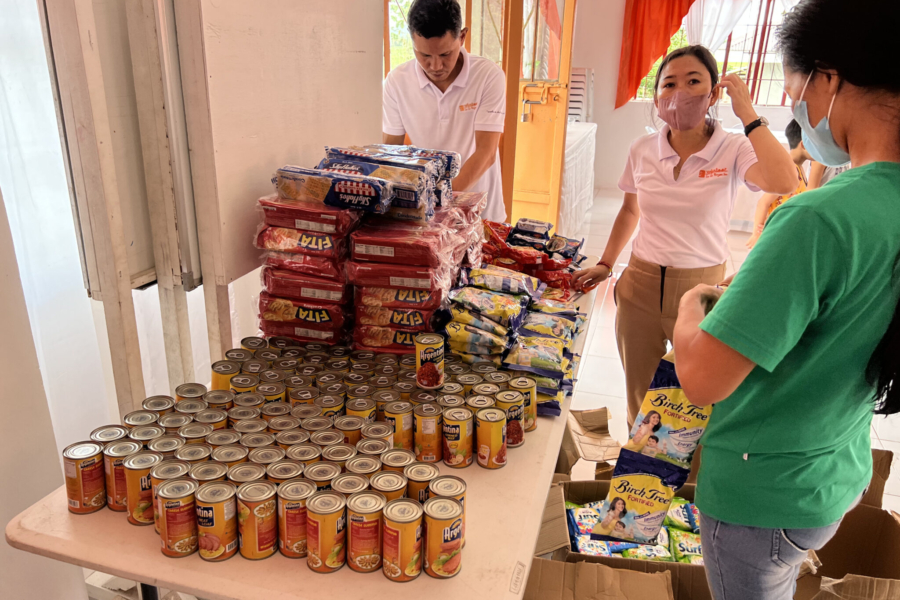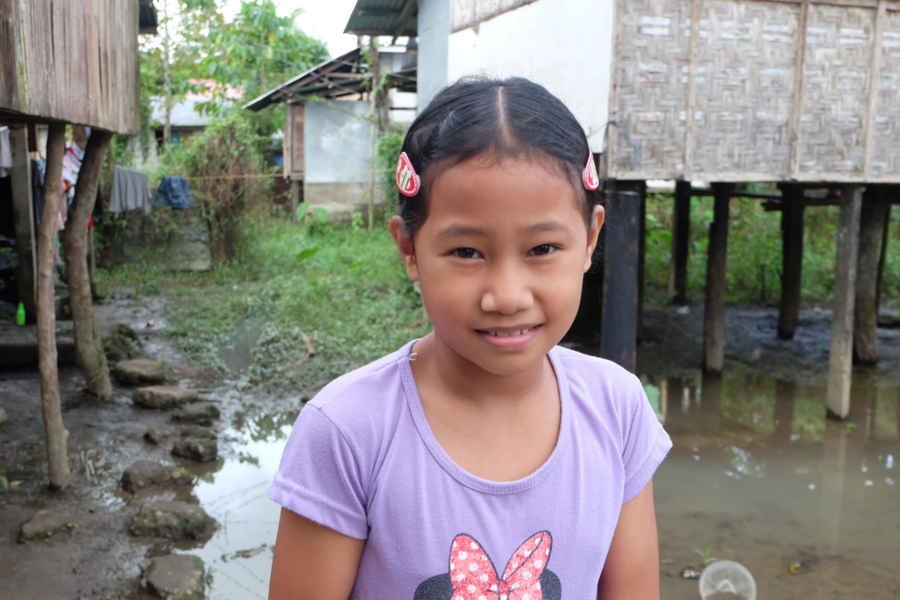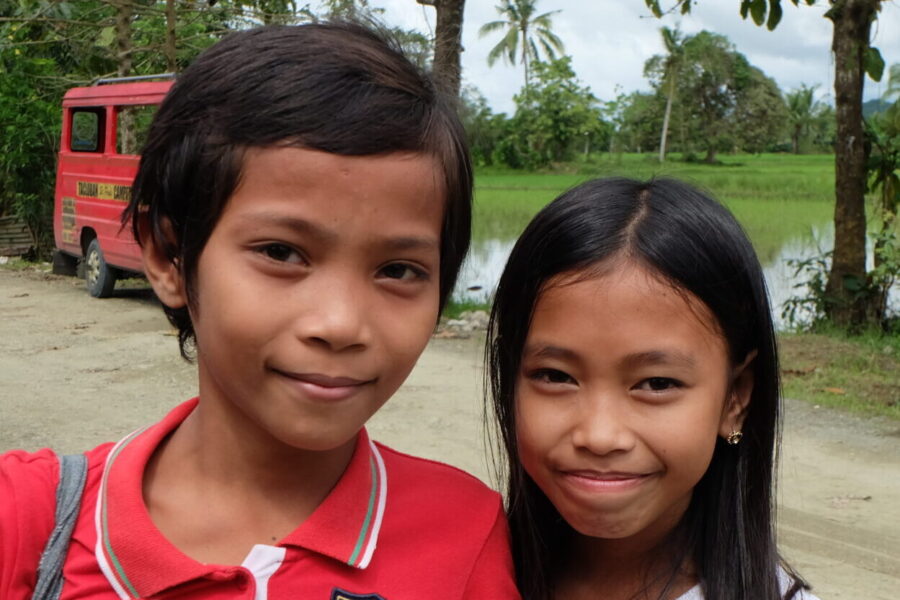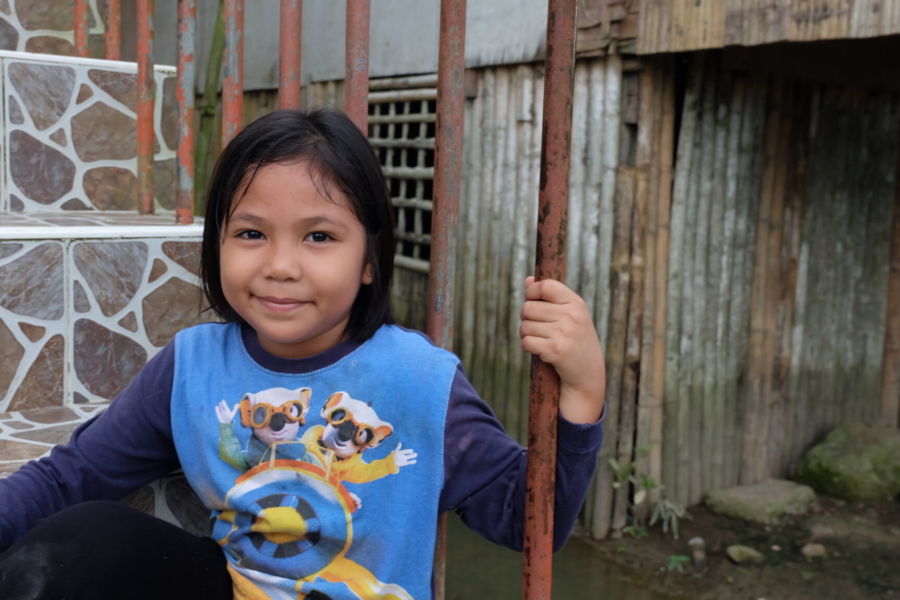As our Director of U.S. Programs, Renée Kube, continues her visit to our affiliated sites in Arizona, we find out more about Shonto Preparatory School and how our Hope in Action Fund is helping children, often in dire circumstances, at the school.
Home of the Bears
“Shonto Preparatory School is located in the small community of Shonto. It’s about 64 miles southeast of Page, Arizona and about 51 miles northeast of Tuba City. Shonto Preparatory School consists of an elementary division with approximately 300 students in grades kindergarten through eighth and a secondary division with approximately 80 students in grades ninth through twelfth. There are a total of 64 children across both divisions in our sponsorship program,” said Renée.
“Marlita is also deeply appreciative of the many projects that have hugely benefited the children, thanks to our Hope In Action Program.”
“The high school division placed in the top 50% of all schools in Arizona for math and reading test scores during the 2018-2019 school year. Then came the pandemic, and scores fell. Nonetheless, the students do well here, and the school takes pride in providing an excellent educational experience. The graduation rate is over 80%.”
Visiting with Marlita
“Upon my arrival to the school last fall, I had a good meeting with our coordinator, Orleta, and the elementary principal, Marlita. Marlita is actually our former and very long-term coordinator. She was formerly the librarian. She is a huge believer in Children Incorporated. Her mother was a sponsor until her death. When Marlita was promoted to the elementary principal, she appointed Orleta as our new volunteer coordinator, and she too is seeing the incredible value of our program,” explained Renée.
“First, we discussed shopping for the sponsored children. Marlita and Orleta have found that ordering some things from Amazon works best because it saves time driving to stores. In those cases, the children and parents give their shopping lists to Orleta, who gives them to Marlita for placing the orders. For other things, they go to Walmart and buy gift cards. Then they have the parents and children meet them at the store. After the items are chosen, Marlita or Orleta hands a gift card to the cashier. So far, it’s working well, and everyone is happy with the arrangement.”
Hope in Action to the Rescue
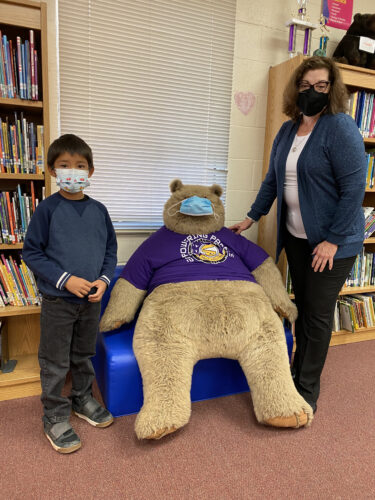
Renée is pictured with one of our sponsored children in the school’s library.
“Marlita and I urged Orleta to let us know of any larger needs that may require consideration for Hope In Action Program aid. Marlita said she is so grateful for our sponsorship program. But she is also deeply appreciative of the many projects that have hugely benefited the children, thanks to our Hope In Action Program. The original school building was constructed in 1963 without central air conditioning. Marlita said it got bad in May, and it was often unbearable in August. Everyone felt so uncomfortable, and some children felt sick. Several years ago, when she was the coordinator, Marlita applied and was approved for a Hope In Action grant to purchase and install ceiling fans. She said these made a profound impact on the children’s comfort and ability to focus on their studies,” said Renée.
“Marlita also praised another Hope In Action Program grant in which she had requested audio books with accompanying paperback books. The children listened to the stories and followed along in the books, and this helped with their comprehension and vocabulary.”
***
How do I sponsor a child with Children Incorporated?
You can sponsor a child in one of three ways: call our office at 1-800-538-5381 and speak with one of our staff members; email us at sponsorship@children-inc.org; or go online to our sponsorship portal, create an account, and search for a child that is available for sponsorship.



